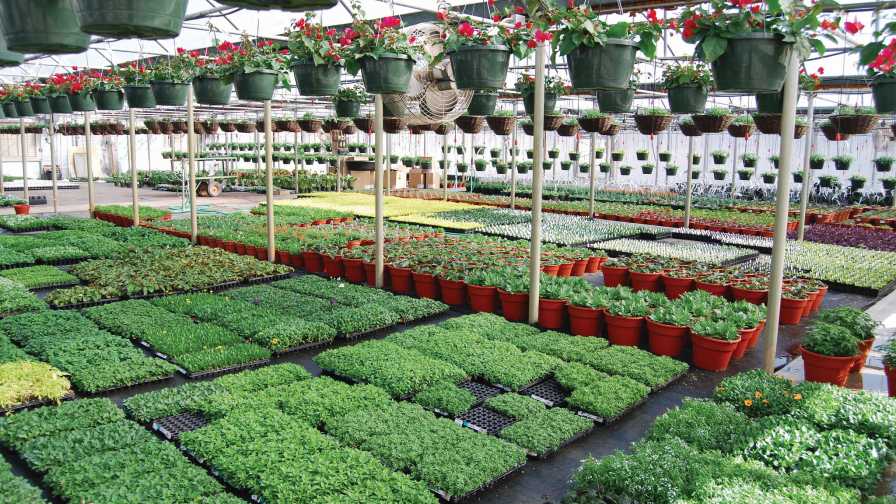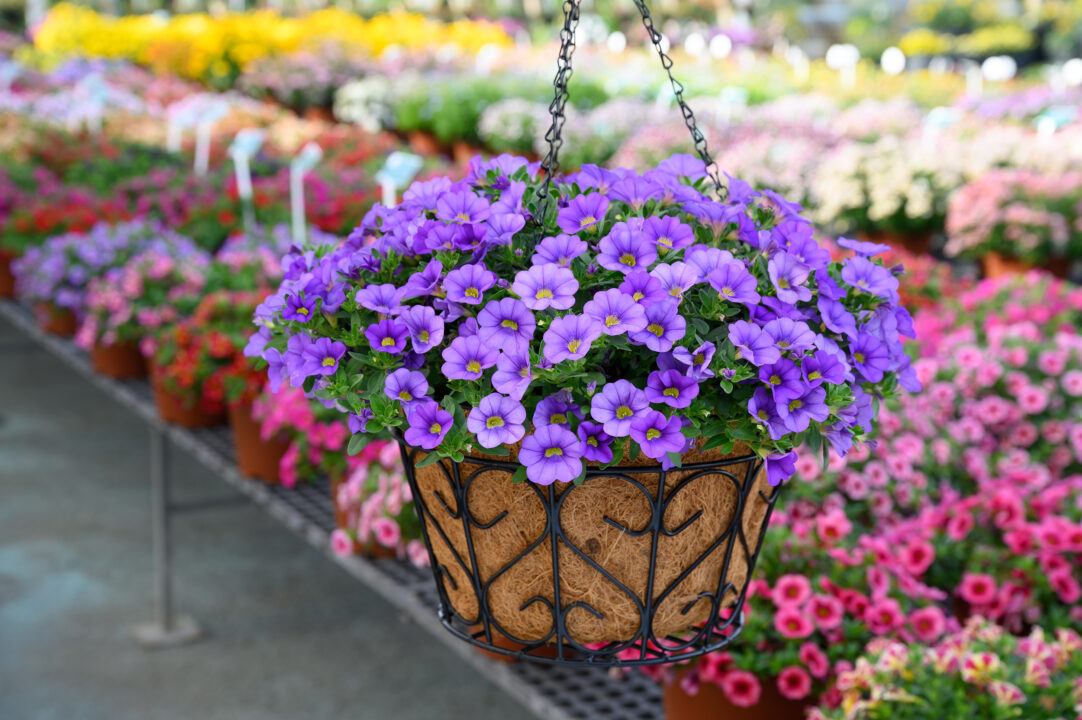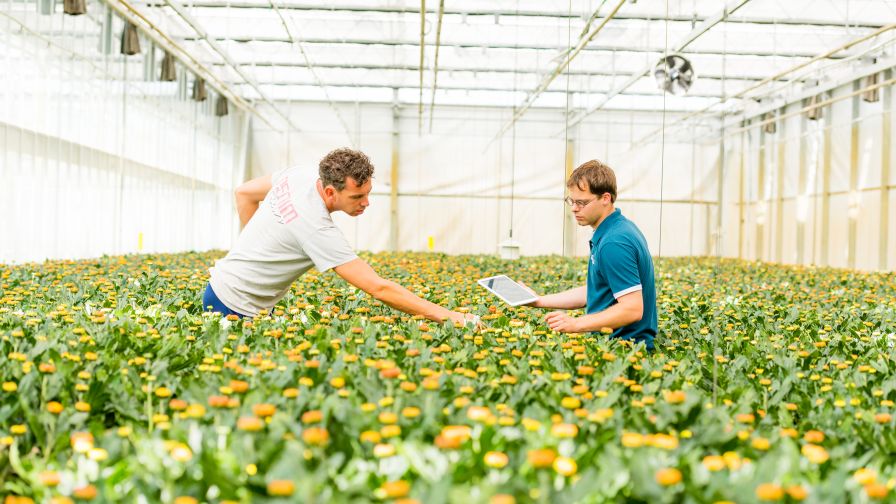Spring Crops Recap: Greenhouse Growers Guardedly Optimistic
 The end of the spring season is a great time to look back at the challenges and successes of what is, for most, the busiest time of year.
The end of the spring season is a great time to look back at the challenges and successes of what is, for most, the busiest time of year.
Nearly 150 growers answered this year’s Greenhouse Grower Spring Crops Recap survey, and despite weather once again factoring huge, most operations ended the season with an optimistic outlook.
“Quality sells, and price increases don’t bother the consumer as long as the quality is there,” said one of this year’s survey respondents. Another noted that the future looks bright, at least for those companies willing to implement changes when necessary.
Another survey participant noted there is a big opportunity on the ornamental side of the industry, specifically the wholesale side, as growers convert operations over to cannabis production.
Finally, more than one grower mentioned a resurgence in young consumers.
“It seems young people are once again seeing the health benefits of green plants in their houses. It is like the 70s all over again,” said one respondent.
2019 Spring Crops Report: 2019 Sales vs. 2018 Sales
| Sales increased more than 10% | 22% |
| Sales increased between 5% and 10% | 25% |
| Sales increased less than 5% | 17% |
| Sales were about the same | 10% |
| Sales decreased less than 5% | 10% |
| Sales decreased between 5% and 10% | 7% |
| Sales decreased more than 10% | 9% |
Weather Leads to Slow Start, Strong Finish
Rainy, cool spring weather took a toll around the country. Nearly 70% of survey respondents said the weather this spring was either moderately or extremely uncooperative.
“Up-and-down freezing temperatures and snow past our biggest weekend made for shockingly slow weeks during our peak season in May,” said one Southwest-based respondent.
Another grower based in the Midwest said, “We had a late start because of rain and flooding. Then, we had lots of people coming in late looking for things we were already out of.”
For some growers, the spring season was a mixed bag.
“We were down severely after Mother’s Day but managed to pull it out in June,” said one respondent.
“A cold April helped spread out our shipping demands, but it also increased our heating costs,” said another grower based in the Southeast.
Even with these challenges, more than 80% of growers responding to the survey said this spring was a successful season for their business, and 71% said they were able to grow enough product to meet customer demands.
Opportunities Gained and Lost
For growers able to plan ahead, spring can mean the opportunity to add a new crop and see how it sells, or to jump on an emerging trend. Here are some of the success stories growers told us:
- “All our pre-booked sales went out as planned, with no one backing out on orders.”
- “Houseplants performed very well.”
- “We grew veggies for the first time for a major retailer, and we definitely have a learning curve to know what the consumer wants. We will improve on that next season.”
- “Because we are the grower for all product going through our retail, we were able to respond faster to our store demand with the weather challenges.”
- “We took advantage of a shortage of product on the market, due to some ornamental growers switching to cannabis in Canada.”
- “We saw increased retail foot traffic this year.”
- “The E. coli scares and product shortages led to increases in our sales.”
- “We were able to tap into the succulent craze, and it really helped.”
Conversely, the frantic nature of the spring season can also mean missed opportunities. Here are a few things growers told us they could have tried or done better.
- “Growing more of our own veggies.”
- “We turned down a wholesale customer in May hoping to sell plants retail, and now the product is still sitting in the greenhouse.”
- “Not enough large pots.”
- “Social media marketing (just too busy to keep up with it).”
- “Not starting a biological program.”
Despite these missteps, many growers say they are optimistic. As one grower stated, “Things look strong for 2020, and we should not hold back.”
10 New Production Techniques You Tried This Year
1. “We have been able to use our pot filler more efficiently.”
2. “We tried to organize houses and crops so we could make greater use of irrigation and decrease hand watering, which was somewhat successful.”
3. “We developed a new fungicide program that has a lot of potential.”
4. “We replaced one of our production lines with a double line. We were able to slow the line down, but we produced about 50% more on the line and only added six people to the line. We also had fewer line stoppages.”
5. “We grew our hanging baskets drier this season to help avoid fungus gnat infestations, and it paid off huge.”
6. “We used a time-release fertilizer in our flats, and it really improved our veggies.”
7. “We used our trimming machine to pinch all our geraniums this year, and it turned into the most uniform crop we have ever had.”
8. “We switched from 6-pack market packs to 4-pack market packs (804s). Our edibles improved in terms of root mass. They also were a good size for transplanting when customers
wanted them.”
9. “We micro-managed less moisture requirements. On the moisture requirement scale, we tried to keep moisture in the 2 to 4 area.”
10. “We used some Basewell liners, as well as drip irrigation on our gerbera.”










